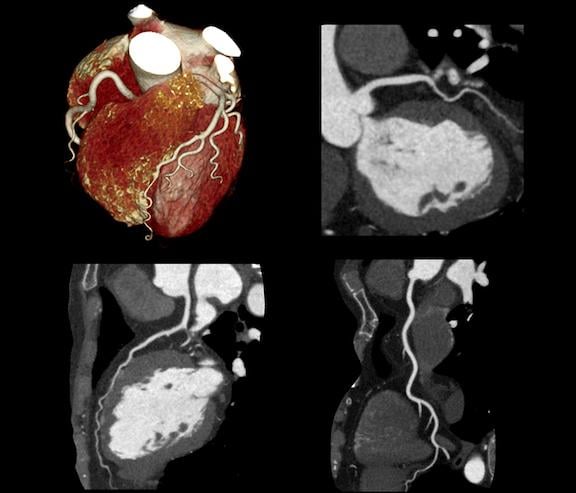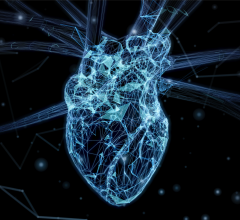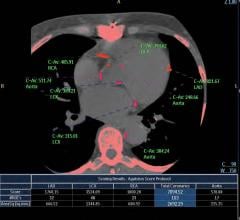November 6, 2020 — The Society of Cardiovascular Computed Tomography (SCCT) has released a new training guideline, Train ...
Computed Tomography (CT)
Cardiac computed tomography CT systems use a series of X-ray images to create an image volume dataset that can be sliced or manipulated on any plane using advanced visualization software. This channel includes content on CT scanners, CT contrast agents, CT angiography (CTA and CCTA), CT perfusion, spectral CT (also called dual souce or dual energy CT), and interative image reconstruction software that can reduce dose and make lower-quality CT images diagnostic.
More than a decade ago, there was an alarming, rapid rise in ionizing radiation exposure in the U.S. population that was ...
October 22, 2020 – In the FORECAST randomized clinical trial, the use of fractional flow reserve (FFR) derived from ...
As medical advancements continue to push the boundaries of what is possible in the field of structural heart ...
September 25, 2020 — A study out of University Hospitals (UH) found that removing the cost barrier for coronary artery ...
September 10, 2020 - Icosapent ethyl (Vascepa) demonstrated significant, 17 percent regression of low attenuation plaque ...

September 8, 2020 — The Journal of the American College of Cardiology (JACC) published a report, “Current Evidence and ...

The cardiology program at Tufts Medical Center in Boston is internationally recognized for being on the forefront of ...
August 20, 2020 – The amount of calcified plaque in the heart’s arteries on computed tomography (CT) scans is a better ...

The latest technical advances and trends in computed tomography (CT) and the latest clinical study data were discussed ...
The Society of Cardiovascular Computed Tomography (SCCT) gave its 2020 Gold Metal Award to computed tomography (CT) ...
Advanced visualization company Medis recently purchased Advanced Medical Imaging Development S.r.l. (AMID), which ...
Todd Villines, M.D., FACC, FAHA, MSCCT, explains how artificial intelligence (AI) might be used in the near future to ...
Todd Villines, M.D., FACC, FAHA, MSCCT, said photon counting CT detectors were a key new technology discussed at the Soc ...
Todd Villines, M.D., FACC, FAHA, MSCCT, explains some of most influential cardiac CT clinical papers from the past year ...
Todd Villines, M.D., FACC, FAHA, MSCCT, explains how coronary plaque assessment will become a new risk assessment tool ...


 November 09, 2020
November 09, 2020










